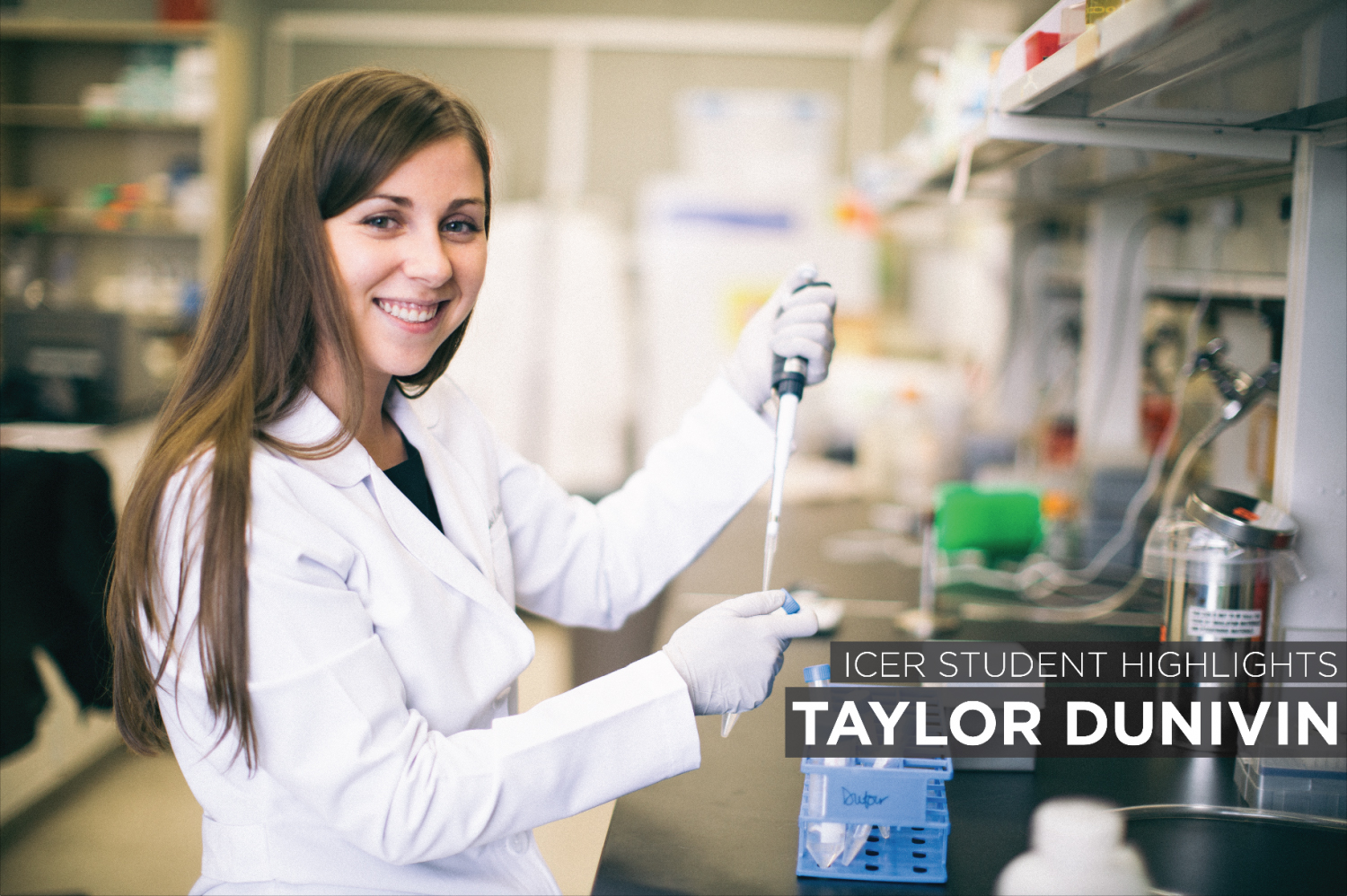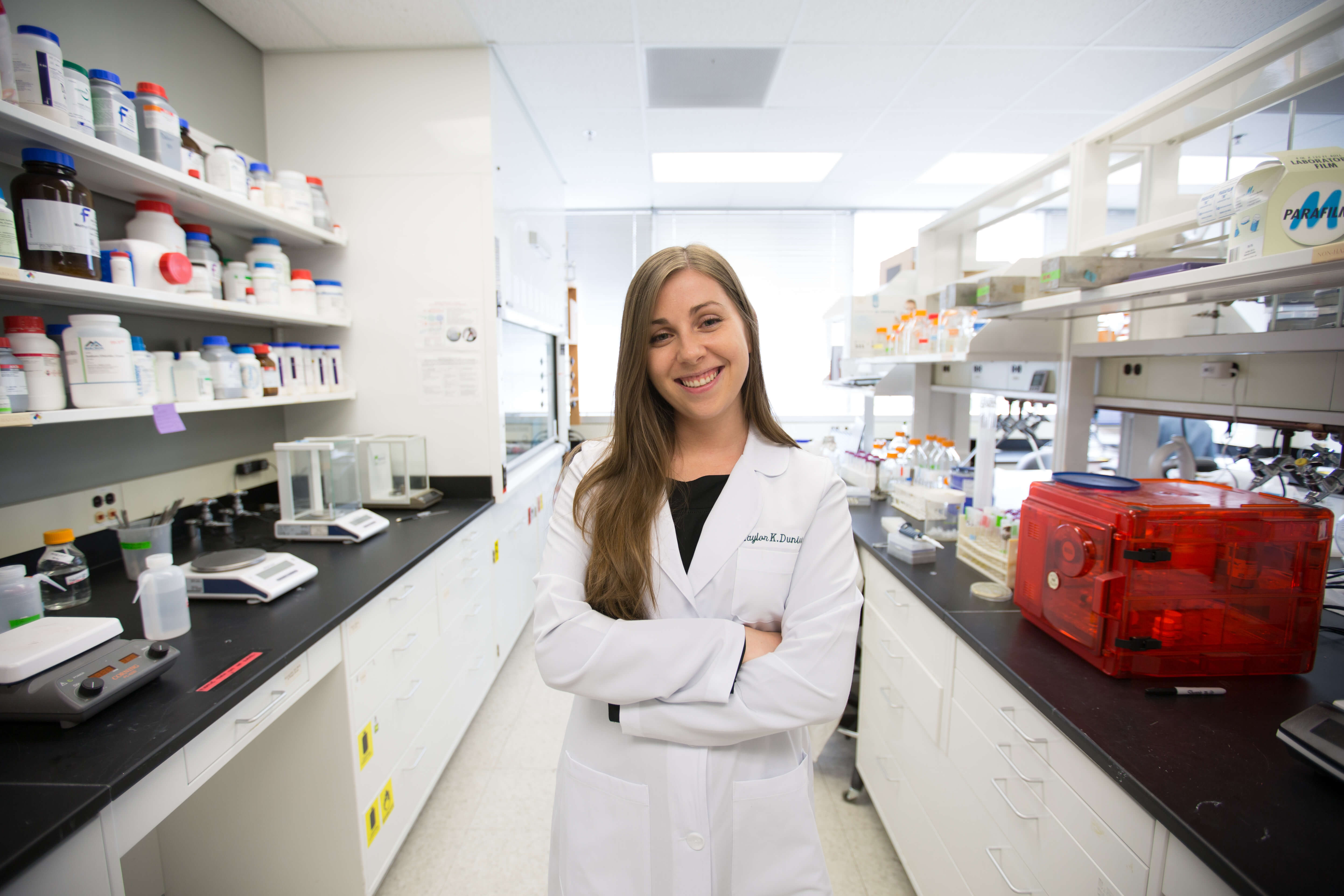The Effects of Underground Fire on Bacterial Resistance

Taylor Dunivin is currently a Ph.D. Student studying Microbiology and Molecular Genetics as well as Environmental and Integrative Toxicology at Michigan State University. She works with Ashley Shade, an assistant professor in the Department of Microbiology and Molecular Genetics.
Dunivin studies the microbial communities, specifically bacteria, living in the surface soils of Centralia, Pennsylvania, the site of an underground coal mine fire that ignited back in 1962. She samples these microbial communities from along the fire gradient to see how they respond or change both in community membership and in functional profile. Specifically, Dunivin is interested in bacterial resistance, measuring both antibiotic resistance genes and arsenic resistance genes in the different soil microbial communities. She says, “Centralia is a great place to study whether antibiotic resistance increases in areas that are experiencing a fire and whether the number of resistance genes changes once the environment recovers.” About arsenic resistance, Dunivin states, “Arsenic is naturally found in coal and likely to increase abundance in sites in Centralia where steam from coal burning actively passes through the soil. I am testing whether or not arsenic resistance genes change in their abundance in Centralia.”
Through her research, Dunivin has experienced a few highlights along the way. She identifies “the day where bacteria from Centralia soils grew on agar plates with high concentrations of arsenic, the day we first assembled complete arsenic resistance genes from DNA sequences from Centralia soils, and the day this fall when we got back our arsenic results and saw that arsenic concentrations are increasing in sites that are currently impacted by the fire,” all as definite highlights she has participated in thus far.
No research is complete without a few roadblocks along the way, though. She notes on a couple, stating, “We hoped to find some bacteria that oxidized arsenate in Centralia, but we could only grow strains that did the opposite. Additionally, working with these huge datasets of microbial community DNA has many challenges. We can only accurately sequence a small piece of DNA at once, so our sequencing first requires us to cut the DNA into smaller pieces. To analyze it we need to try and put them all back together … it’s a little like putting a puzzle together without a reference picture or even all of the pieces.”




Dunivin’s main reason for conducting the research she does is due to a mild arsenic exposure she experienced herself when she was younger. “I thought about the negative impacts of toxins in our environment a lot. I developed a passion for thinking about prevention of even low dose exposures to toxins,” she remarks. In her first week of studying toxicology at Michigan State, she heard Ashley Shade talk about the underground coal mine fire in Centralia, and how she was going to study microbial communities there and their resistance in extreme stress. It didn’t take long for Dunivin to set up a meeting with Shade. Dunivin says, “Together we developed my current project. That’s what got me here, and I continue to love what I do because I feel that my work contributes to the knowledge of how arsenic moves through the soil environment.”
Regarding the future of her research, Dunivin says antibiotic resistance is a pressing public health concern. “Information on how anthropogenic fire, such as pollution and temperature, increases the spread of antibiotic resistance in the environment will help us better reduce and/or control antibiotic resistance,” she says. Dunivin also notes, “The use of antibiotics saves lives daily; arsenic exposure at low doses negatively impacts almost every organ system and at high doses can result in death, thus exposure prevention is key for improving public health.”
Dunivin could not accomplish all of this without the help from resources like ICER and the HPC. She boasts, “The HPCC is what makes this research possible. Having a computing system set up with such a wide variety of software and versions installed lets me focus on the biological aspects of my computational work rather than spend days or weeks on complicated installations that are not directly related to my work.” “These systems,” she says, “mean when I take a break and close my computer for the night, my research doesn’t have to.”
Michigan State University as a whole has also been a huge resource in Dunivin’s work. MSU is a highly collaborative university in many ways, allowing students like Dunivin, who are merging fields in dual-degree programs, to work with the likes of computer scientists as well as work with department heads and professors. She says, “I always feel encouraged to discuss my work with colleagues, which helps me think about my research in more interdisciplinary ways.” As for still being a member of the student community here, Dunivin acknowledges her favorite part as being, “the strong cohort of graduate students in my department. We are provided a space and food every other week so that we can enjoy lunch together and have seminars, workshops, and practice our presentations.”
As for expanding her research to other locations, Dunivin says she doesn’t plan on it. She says, “One of the great things about having an HPC and open-source data means that I can access and analyze data from around the world asking similar questions about the presence, abundance, and diversity of arsenic and antibiotic resistance genes without ever leaving my desk. I do, however, attend conferences around the world where I can share my research with others and make new collaborative connections.”
Article by Kristin Lauzon and Taylor Dunivin
Photo by: Xiaoxing (Adele) Han
